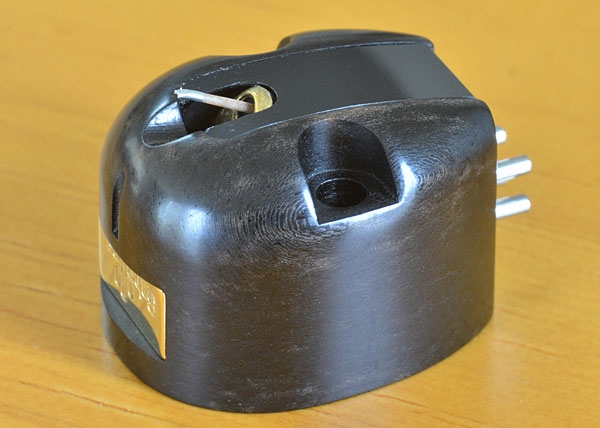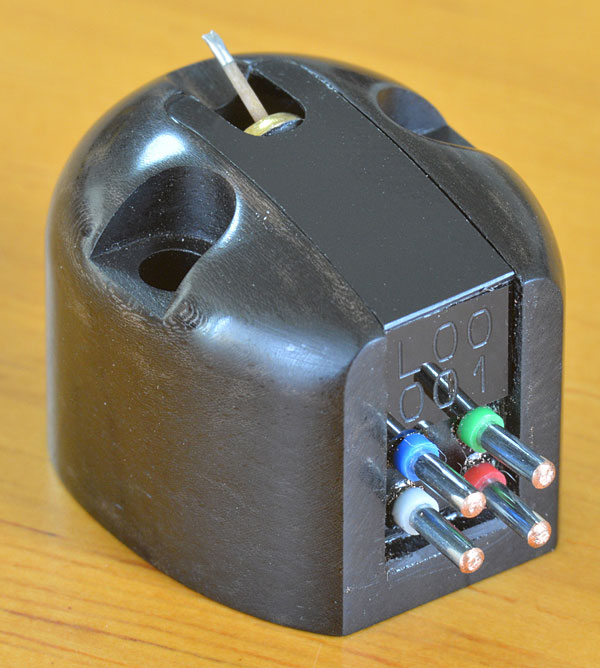| Columns Retired Columns & Blogs |
I am familiar with the Audio Technica ART 1000 that you reviewed recently. Any recollections of how it would compare with this cartridge's sonic footprint?
I just so happen to be in shopping mode. ;-D
Also - a fellow happy Kallax owner here!









































